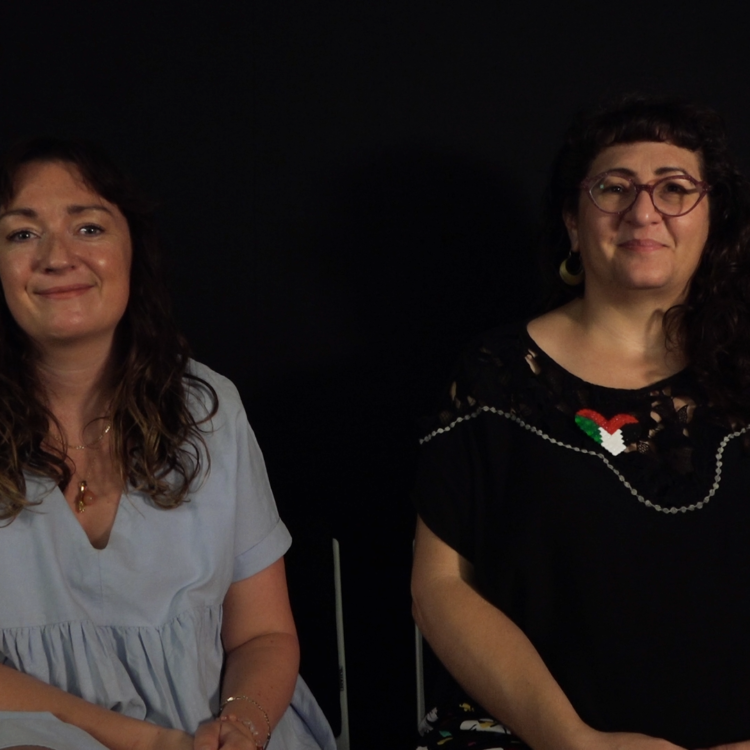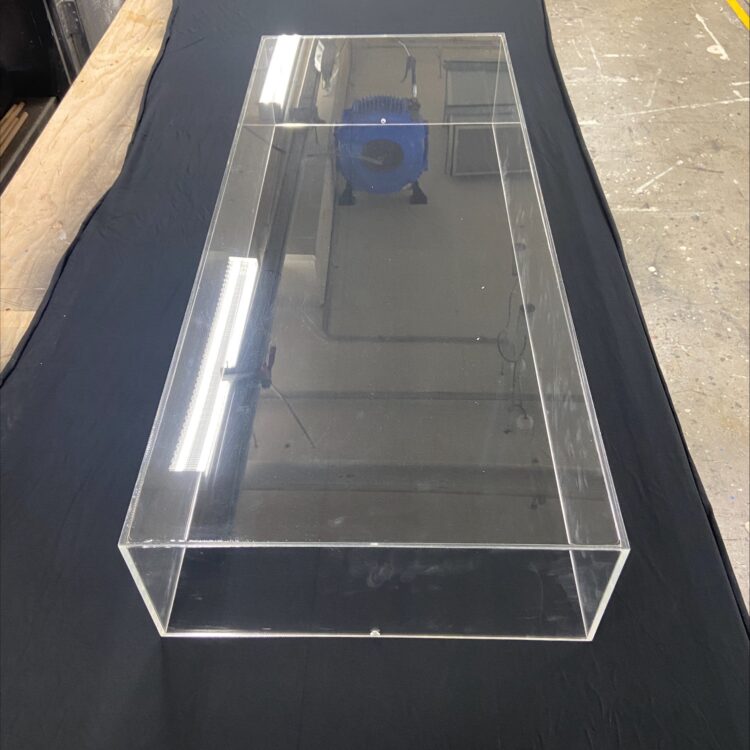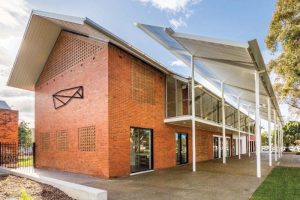Brett Adlington, the director of Lismore Regional Gallery, embarked on a NSW Government Fellowship with the Dallas Museum of Art (DMA), focusing on their new Centre for Creative Connections in December 2012.
The Center for Creative Connections (C3) is an experimental learning environment designed to stimulate curiosity, inquiry, and reflection in visitors of all ages and learning styles. It was one of several significant developments after the DMA undertook extensive audience research in 2005-2008. These developments resulted in a 100% increase in visitation.
Brett discussed the many opportunities that arose as part of his fellowship experience in this video filmed at Opportunity Knocks 2013. We also spoke to Brett about the process of applying for a Fellowship.
Had you been considering a fellowship for some time?
I wasn’t thinking about a fellowship per se but the opportunity at the Dallas Museum of Art was timely. I had been grappling for some time with the possibilities offered if Lismore successfully gets its new space; especially how we can work with audiences to develop new programing. I heard the Dallas Museum had been dealing with exactly this topic in their Centre for Creative Connections.
How easy was the process of organizing the fellowship?
The process was pretty straight forward and streamlined. The hardest thing to organize was what time would suit Lismore Gallery and the Dallas Museum.
As it happened, I got there at a really mad time for the DMA because they were announcing their planned launch of free entry. This may not seem so radical to us but was a very different direction for them, even getting press in the Guardian.
In addition, they also announced a new Friends Program whereby the Museum tracks people’s activity and engagement through a points and badge system.
Even the Center for Creative Connections was changing. There was a push to have the public engagement programs out in the galleries rather than in the C3 dedicated space. So, I arrived at an extremely hectic time for the Museum.
What was the value of the fellowship with the Dallas Museum of Art
I was initially skeptical that two weeks would be enough. I thought you’d only barely scratch the surface but it was actually mind blowing how much I did get out of the two week period.
This is thanks in no small part to Susan Diachisin, The Kelli and Allen Questrom Director of the Centre for Creative Connections, who arranged some thirty interviews. I was really interested how the DMA maintained community partnerships so Susan arranged for me to visit several institutions in the wider Dallas arts community, including the University of Texas, Dallas Contemporary, The Modern, Big Thought, Oil+Cotton and many other places.
It was actually mind blowing how much I did get out of the two week period.
Did studying the DMA’s practice provide you with knowledge?
The lightning bolt moment for me, after the Museum had exposed me to so much thinking around philosophies of public programing, audience engagement, and education, was when the Director of the DMA, Dr. Maxwell Anderson, announced the Friends program. At the heart of his talk was the DMA’s participation and engagement with the city of Dallas. He described the experience for a majority of the people entering their building for the first time. How they’re asked ‘are you a member’ and this instinctively makes first time visitors and Dallas residents feel like they don’t belong.
The DMA’s acknowledgement of this problem and response revealed the ethos embedded in the whole institution.
What other value does the fellowship provide?
When you’re somewhere new and different you have the opportunity to sit back from your daily workplace culture. At work, you have to make reactive decisions quickly, just to get the next thing up and going. The fellowship gave me time separated from all that to think more clearly about Lismore’s direction.
So how relevant was the fellowship to what you do at Lismore?
The first thing the fellowship at the DMA taught me was how to start thinking more cleverly about our participatory engagement. For example, Lismore Gallery’s entry point off the street isn’t great. We need to make it a fun and inviting space that allows contributions from the community, a space they can own a bit more.
Currently, we’re waiting to see whether the Gallery’s proposal for a new space in Lismore is successful. Part of this new location will be a big outdoor location and C3 provided plenty of ideas for what we can do there to build a more community participatory space.
At work, you have to make reactive decisions quickly, just to get the next thing up and going. The fellowship gave me time separated from all that to think more clearly about Lismore’s direction.
If you are interested in applying for a Fellowship contact our Professional Development Coordinator or visit here.




